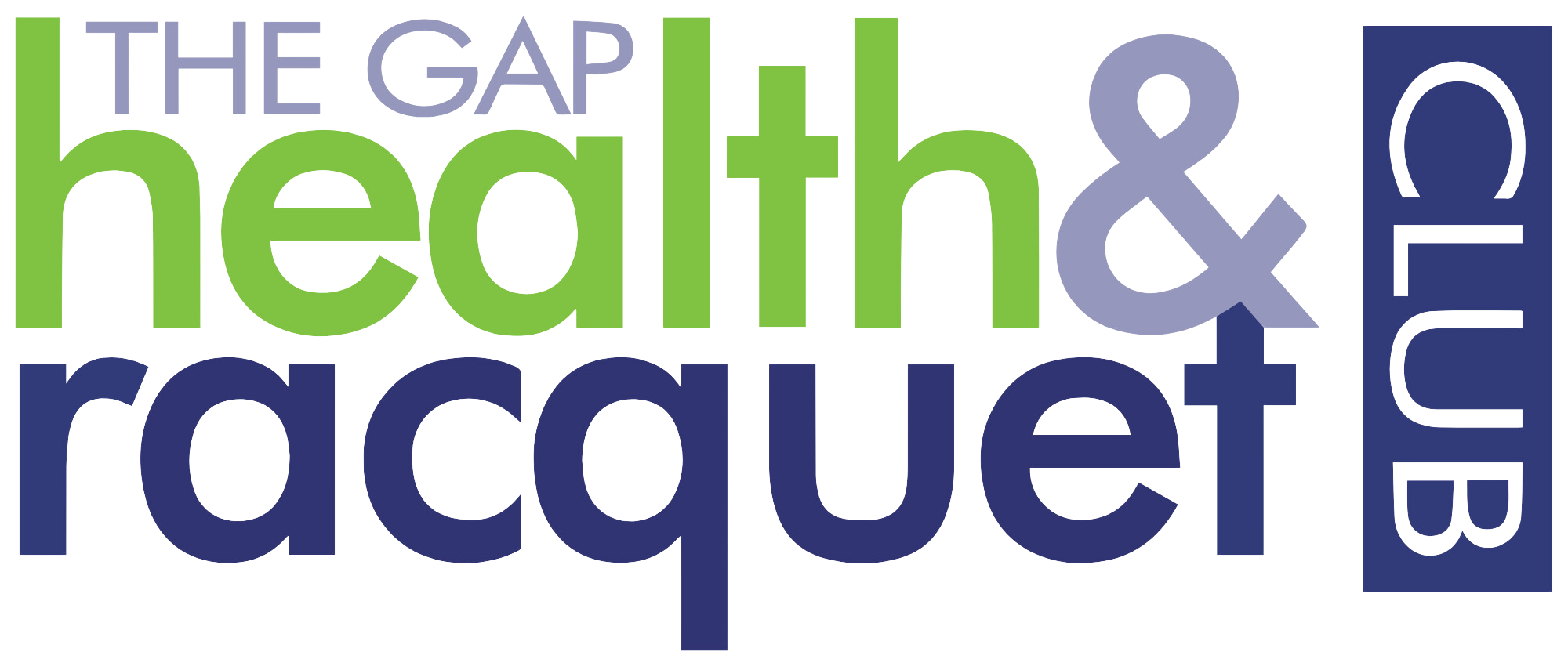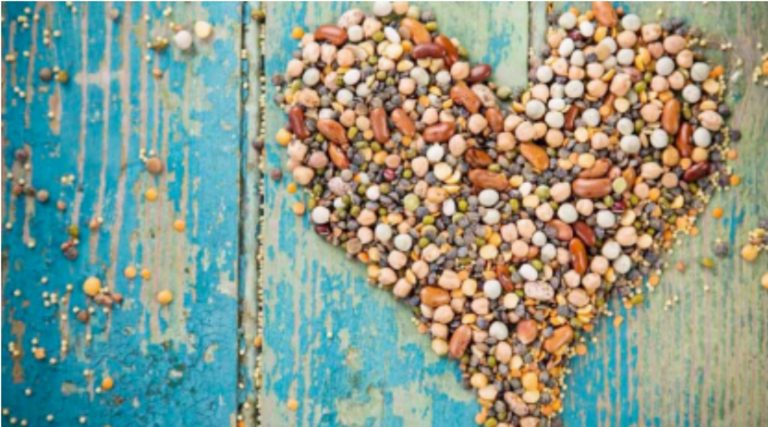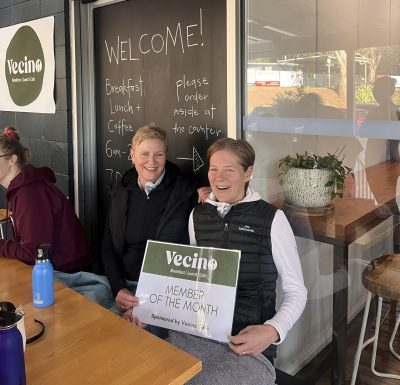Reduce the risks with grain foods and legumes
Enjoying grain foods, mostly whole grain or high fibre grain foods and legumes as part of healthy diet may help to protect your heart and blood vessels by helping to:
- Lower cholesterol
- Lower blood pressure
- Reduce risk of weight gain
- Improve blood glucose control
- Reduce inflammation
- Decrease saturated fat intake
Wholegrain cereals
This includes quinoa, rice, wholegrain bread, wholegrain pasta, bulgur, barley and other wholegrain cereals. These foods provide long-lasting sources of carbohydrate for fuel and recovery and are also a valuable source of fibre, protein, thiamin, magnesium, iron, folate, niacin and zinc in the Australian diet. There is some fear fuelled by misconceptions that carbohydrate foods should be minimised or avoided. While there is a ‘grain of truth’ to decreasing our portion sizes and frequency of highly processed carbohydrates, whole-grain foods should be consumed daily to meet exercise requirements, provide other essential nutrients and promote bowel health.
Beans and legumes
Legumes (also known as pulses) include all forms of beans and peas and come in dried, canned, cooked and frozen varieties. They include butter beans, haricot (navy) beans, cannellini beans, red kidney beans, adzuki beans, black-eyed beans, soybeans, chickpeas, lentils, lupin, mung bean and peanuts. Legumes provide a range of essential nutrients including protein, low glycemic (GI) carbohydrates, dietary fibre, minerals and vitamins. They are also an economical dietary source of good quality protein and are higher in protein than most other plant foods. Legumes have about twice the protein content of cereal grains and are essential for those who choose to eat a vegetarian or vegan diet. They are also gluten-free and are suitable for people with coeliac disease or gluten intolerance.
Legumes contain relatively low quantities of the essential amino acid methionine (which is found in higher amounts in grains). Grains, on the other hand, contain relatively low quantities of the essential amino acid lysine, which legumes contain. This is why some vegetarian cultures combine legumes with cereal grains in order to get a good balance of amino acids needed for growth and repair. Common examples of such combinations are dhal with rice in India, beans with corn tortillas in Mexico, tofu with rice in Asia and peanut butter with bread in the US and Australia.
You will see easy it is to make them part of your weekly routine. It is very easy to incorporate these foods into your day.
Delicious Recipe ideas
- https://www.glnc.org.au/recipes/breakfast/
- https://www.glnc.org.au/recipes/lunch-dinner/
- https://www.glnc.org.au/recipes/sandwiches/
- https://www.glnc.org.au/recipes/soups/
- https://www.glnc.org.au/recipes/snacks/
Source: Grains & Legumes Nutrition Council
If you want to maintain a healthy weight, build muscle and lose fat, the best path is a lifelong combination of eating smarter and moving more. For a personalised plan tailored to your lifestyle and food preferences, consult an Accredited Practising Dietitian nutritionist (APD) with expertise in weight management. An APD can help you find a realistic, flexible eating style that helps you feel your best. You can text Louise on 0410 839 074 or visit the website to book a consultation to help reach your health and well-being goals.
Healthy regards,
Tessa Funk APD
Dietitian Nutritionist – BExNutrSc & MDietS
Louise Elvin-Walsh APD AN
Dietitian Nutritionist – BHlthSc (Nutr&Diet) (Hons)
email: louise@adeptnutritioncare.com
mobile: 0410 839 074
Wesbite: adeptnutritioncare.com




